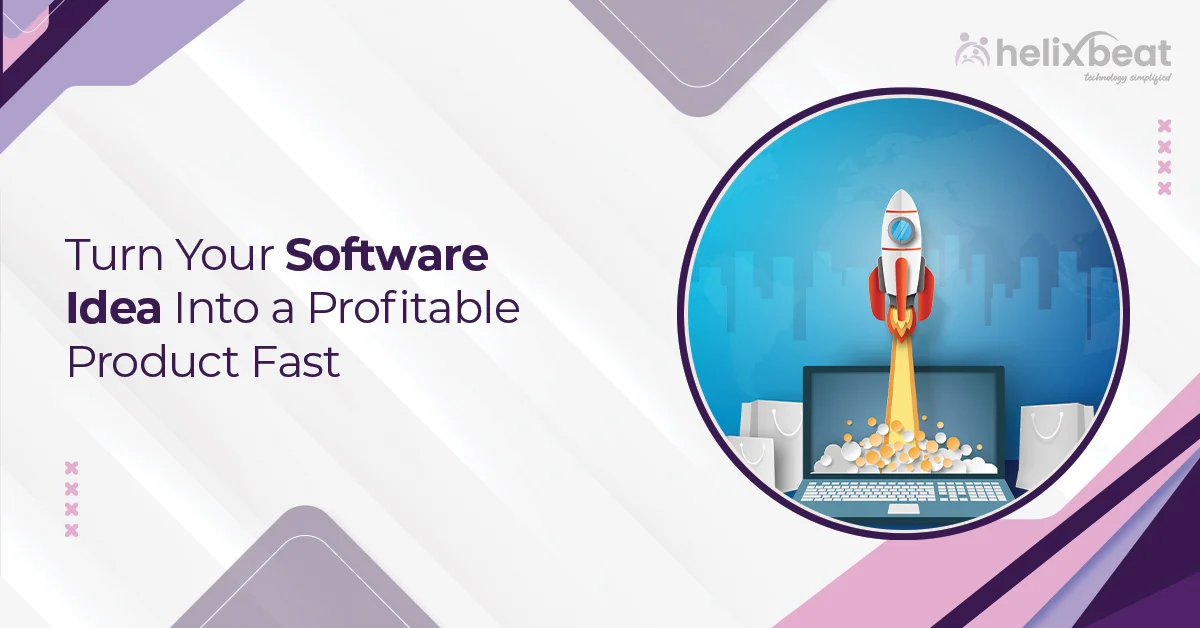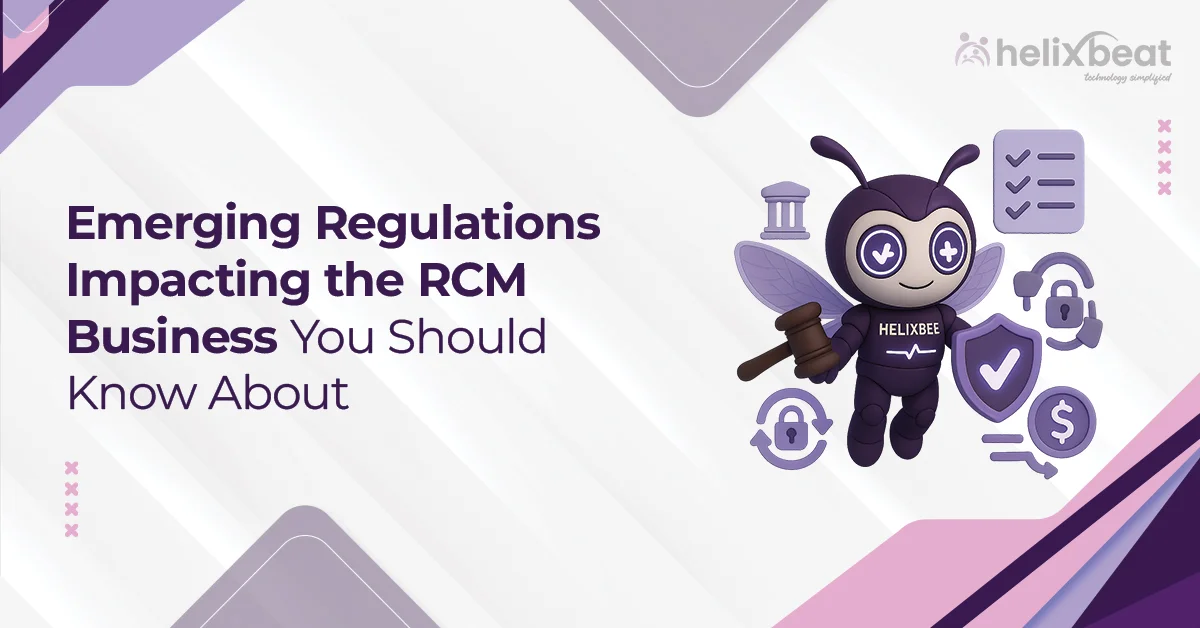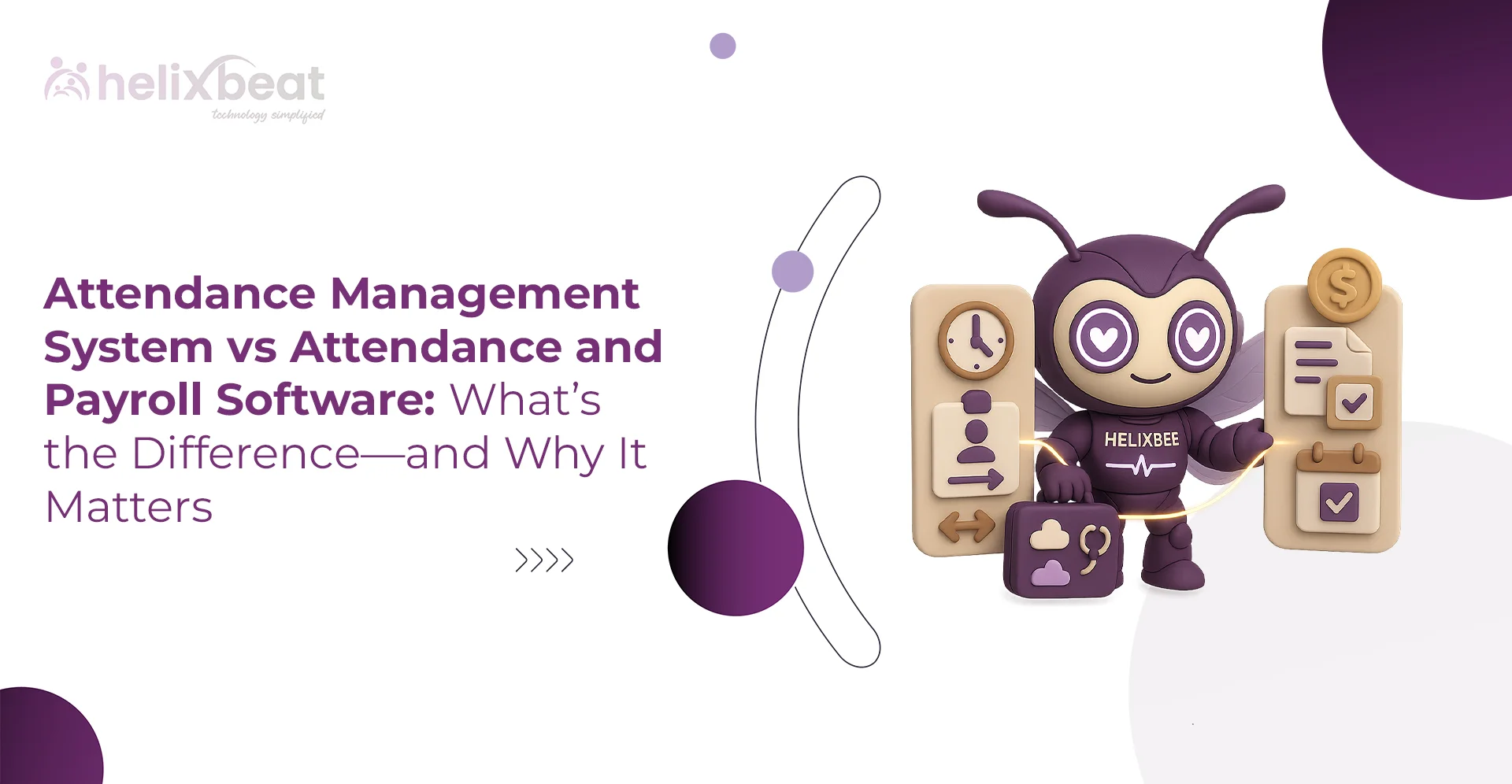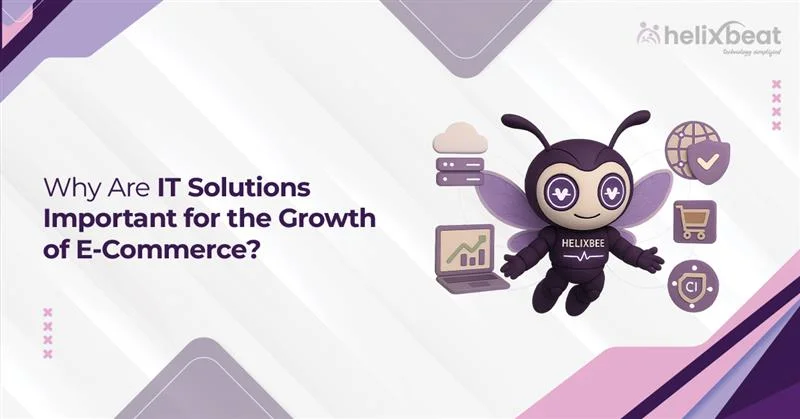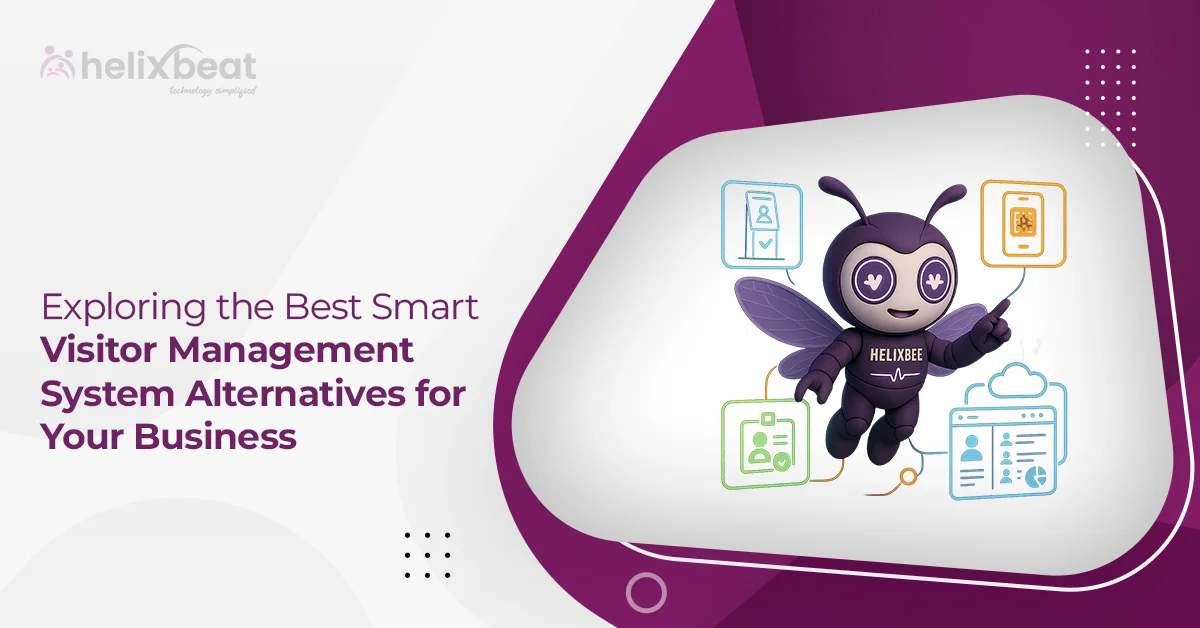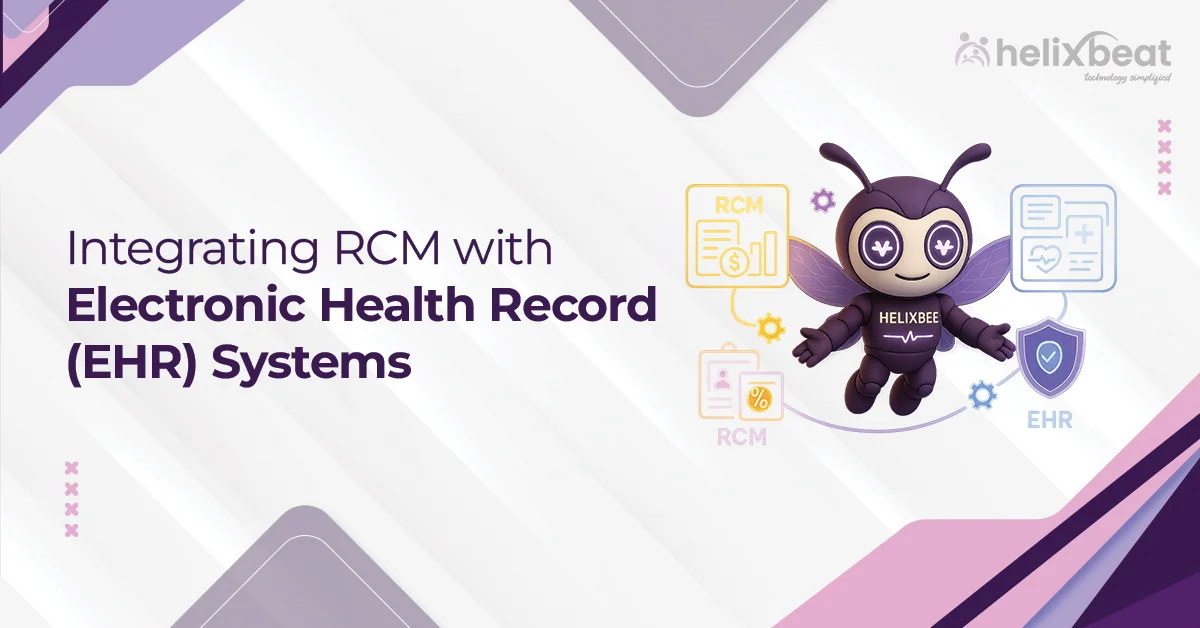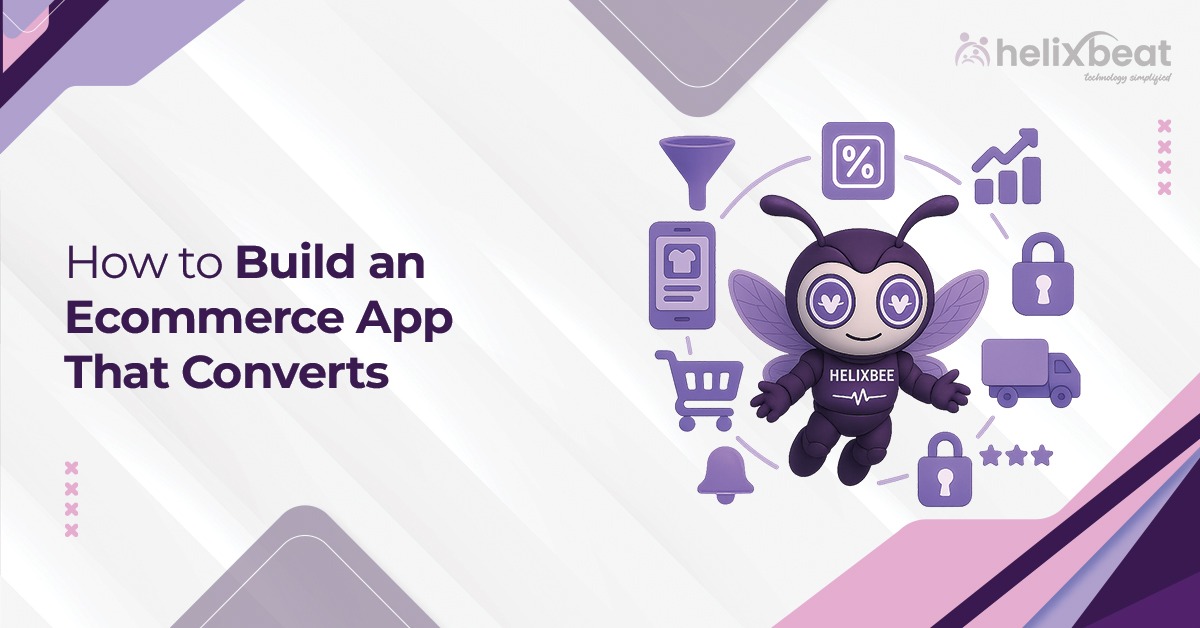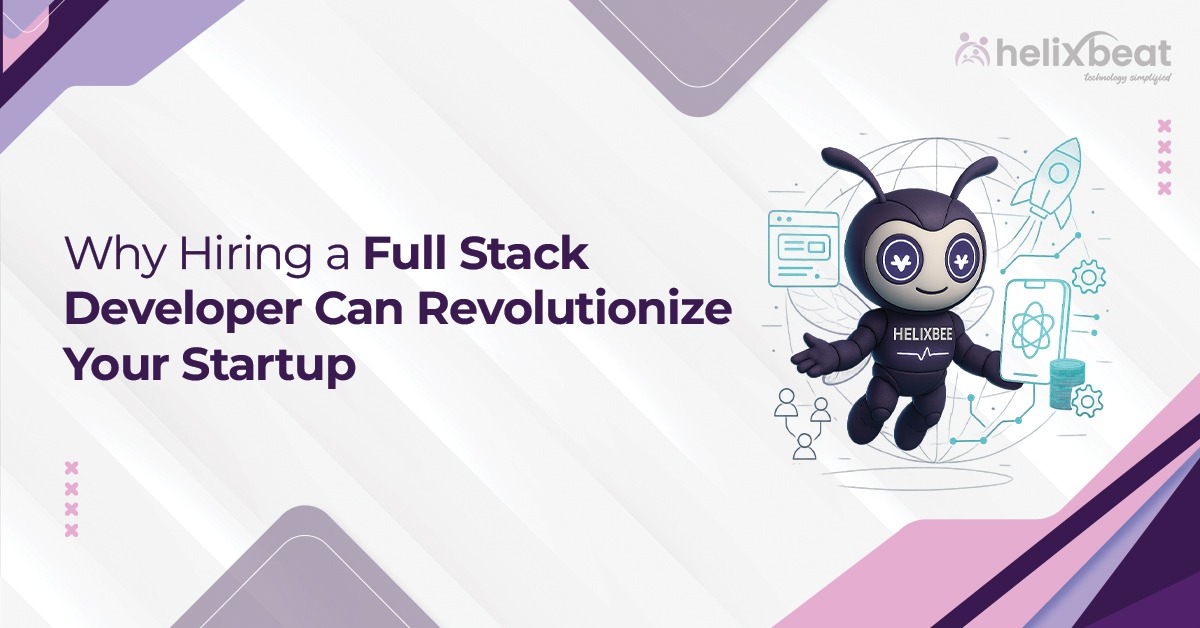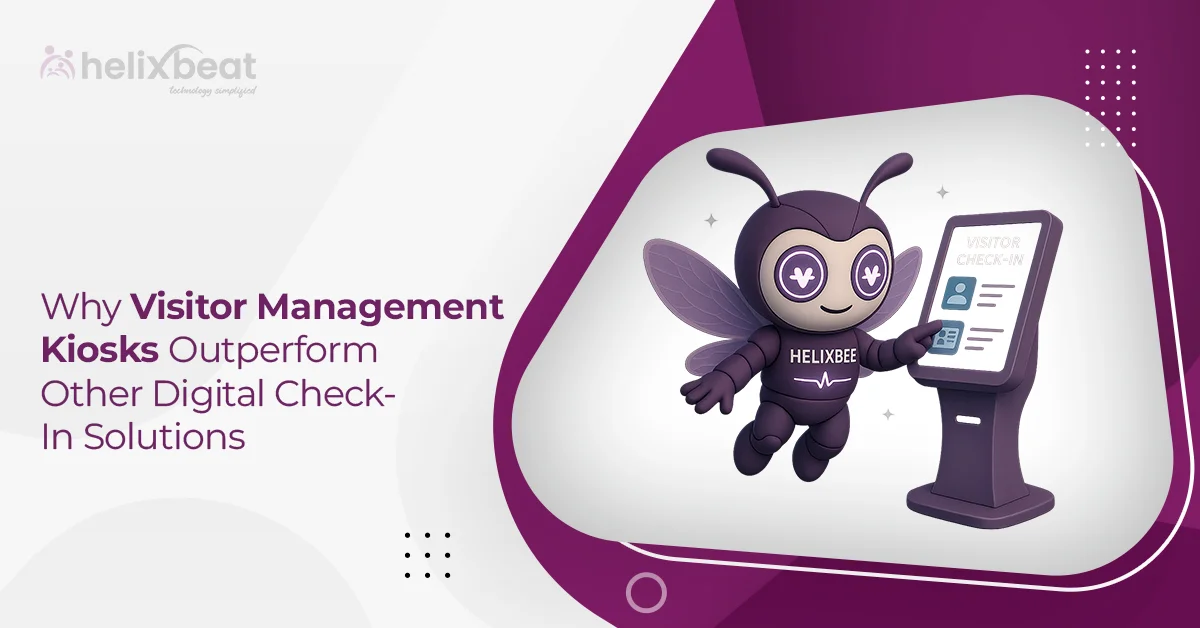Did you know that 9 out of 10 startups fail, where the reason is either building something no one wants or taking too long to launch? A 2024 report by CB Insights found that 42% of startups fail because there’s no real market need for the product, and 29% run out of money before they can finish building it.
That’s why a fast development process is so important. If you have a strong software idea, bringing it to market quickly is crucial before your budget runs out or the market needs shift.
That’s where expert software product development services can solve this issue. Instead of trying to figure everything out on your own, you can work with a Software Product Development Company; they know how to build and launch software fast.
Let’s see how to turn your software idea into a profitable product.

Table of Contents
Top 5 Factors Affecting Software Development
1. Changing Requirements
Around 34% of software projects fail because the requirements keep changing during development (Standish Group CHAOS Report, 2023). When new features are added in the middle of a sprint or project phase, it causes confusion, delays timelines, and increases the chances of bugs. Clear planning and a stable feature list are key to faster delivery.
2. Technology Stack and Tools
The tools and technologies you choose directly affect performance and scalability. For example, using older frameworks may slow down the product or cause problems during scaling. In contrast, modern stacks like React, Node.js, or Python with microservices architecture are more adaptable.
According to Stack Overflow’s 2024 Developer Survey, 68% of developers said choosing the right stack helped speed up development by at least 25%.
3. Team Skills and Experience
The quality of the development team plays a huge role. A skilled team with backend, frontend, and testing experts can build faster and make fewer mistakes. Projects with experienced developers are 3x more likely to finish on time, according to a 2024 report by GitHub.
Outsourcing to a Software Product Development Company often gives you access to such skilled teams without hiring internally.
4. Use of Automation and CI/CD Pipelines
Teams using Continuous Integration and Continuous Deployment (CI/CD) tools can release features 10x faster. Tools like Jenkins, GitHub Actions, and GitLab allow developers to test and deploy code automatically, reducing human errors.
A 2023 report by Google Cloud showed that teams using DevOps and CI/CD had 208x faster deployments and 7x lower failure rates.
5. Third-Party Integrations
Most modern apps rely on APIs like payment gateways, maps, or social logins. But if these third-party services are slow, poorly documented, or frequently updated, they can break your app or delay progress.
Using stable, well-supported APIs (like using retries or backups) can help prevent these issues.
7 Tips to Turn Your Software Idea into a Profitable Product Fast
1. Define a Clear Problem-Solution Fit
Start by identifying the core problem your software aims to solve. This forms the foundation for everything from UX design to pricing. Without this clarity, feature creep, misaligned messaging, and product confusion are inevitable.
According to CB Insights, 42% of startups fail because there’s no market need. Often, this happens when founders build solutions looking for a problem, rather than solving one.
How to apply:
Use tools like the Value Proposition Canvas or Lean Canvas to define the user’s pain point, the target segment, and how your software is uniquely positioned to solve that problem. If your product doesn’t improve speed, save money, or reduce risk for your audience, it needs refinement.
2. Validate the Idea Before Writing Code
You don’t need to build the full product to test market interest. Validating the concept early helps avoid months of wasted development time.
Tech startups that validate early have a 60% higher chance of reaching product-market fit within the first year, according to Lean Startup case studies.
How to apply:
- Create a one-page landing site describing your product
- Use Figma or InVision to build a clickable prototype
- Drive targeted traffic via Google Ads or LinkedIn to test demand
- Collect emails, waitlists, or pre-signups
If no one shows interest in your prototype or pre-launch page, that’s valuable feedback pivot early.
3. Build a Focused MVP with Essential Features Only
An MVP (Minimum Viable Product) isn’t about launching something basic, it’s about launching the right minimum. Avoid the temptation to build every feature in your vision.
A 2023 ProductPlan report shows companies that focus on a tight MVP reach market 2.5x faster and can validate monetization within 3 months.
How to apply:
- Prioritize only the most essential user stories
- Use the MoSCoW method: Must-have, Should-have, Could-have, Won’t-have
- Time-box your MVP: it should be shippable in 8–12 weeks
- Collect user feedback after the first release and iterate
Example: Dropbox started with a demo video. Only after demand was proven did they write the actual code.
4. Choose a Scalable and Maintainable Tech Stack
Your tech stack isn’t just about what’s “hot”, it should match your product’s current scope and future needs. Using the wrong technology can slow development or require a rebuild after launch.
JetBrains’ 2024 Developer Ecosystem survey showed that 40% of teams needed major rewrites within the first year due to early poor tech choices.
How to apply:
- Use React or Vue for frontend (speed + community support)
- Use Node.js, Django, or Ruby on Rails for backend speed and flexibility
- Choose PostgreSQL or MongoDB based on your data structure
- Use Docker and AWS or GCP for scalable deployment
Avoid over-engineering, but don’t ignore long-term maintenance either. A good Software Product Development Company will help you strike the balance.
5. Accelerate Development Using Low-Code or No-Code Tools
Not every part of your app needs to be built from scratch. Low-code platforms are great for early releases, internal tools, dashboards, and automation. They can help you move faster without sacrificing quality.
According to Forrester, teams using low-code solutions reduce development time by 40–70%.
How to apply:
- Use Bubble or Webflow to build the first version of your app
- Use Retool or Appsmith for admin dashboards
- Automate workflows with Zapier or Make (Integromat)
- Combine with custom code for core logic or integrations
This hybrid approach helps you go live quickly and then replace components as you scale.
6. Embed Revenue Strategy into Product Design
Monetization isn’t something you figure out after launch, it should guide your UX, feature set, and customer onboarding. Many startups build free tools without a clear path to revenue and struggle to grow later.
OpenView’s SaaS Benchmarks show that products with monetization embedded early see 30–50% higher customer conversion and retention rates.
How to apply:
- Choose your pricing model: freemium, tiered SaaS, or pay-per-use
- Align features to pricing (e.g., advanced features behind a paywall)
- Integrate payments using Stripe, Razorpay, or Chargebee
- Make pricing transparent and easy to upgrade from within the product
A Software Product Development Company with product managers can help map monetization into your core flow, not as something added later.
7. Collaborate with an Experienced Software Product Development Company
A strong technical partner doesn’t just write code, they help you go to market faster, smarter, and with less risk.
Deloitte research shows that startups working with experienced development firms reduce time-to-market by 30–50% and improve product quality significantly.
How to apply:
- Choose a team that offers product strategy + engineering
- Look for Agile capabilities, full-stack skills, and DevOps readiness
- Ask about past case studies or similar products they’ve built
- Prioritize communication and sprint transparency
The right software product development services can help you focus on business growth while they manage technical delivery with speed and precision.
Why Helixbeat Is Your Ideal Partner for Software Product Development
At Helixbeat, we don’t just build software we help you launch successful products that grow and scale. Whether you’re a startup founder with a fresh idea or an enterprise innovating from within, our end-to-end software product development services are built to move fast without compromising on quality.
When you partner with Helixbeat, you get:
- Strategic product thinking from ideation to go-to-market
- Agile development teams that accelerate time-to-launch
- Scalable architectures ready for growth from day one
- Integrated UX, DevOps, and QA workflows for faster delivery
- Data-backed decisions to align product features with business goals
We’ve helped companies across healthcare, fintech, and SaaS bring their ideas to market and we’re ready to do the same for you. Looking for expert product development? Get your custom quote from Helixbeat.
FAQ:
1. What is a product development program?
A product development program is a structured process that guides the creation of a new product from concept to launch. It includes research, planning, prototyping, development, testing, and marketing. In software, this often involves cross-functional collaboration between product managers, developers, designers, and QA teams to deliver a functional, user-centric solution.
2. What is a product development plan?
A product development plan outlines the roadmap for building and releasing a product. It includes timelines, technical requirements, feature prioritization, resource allocation, and risk management. A well-defined plan helps align the team, track progress, and adapt quickly to changes throughout the development lifecycle.
3. What is QA in product development?
QA (Quality Assurance) in product development refers to the process of systematically monitoring and testing a product to detect bugs, usability issues, and performance bottlenecks before launch. In software development, QA includes automated testing, manual testing, regression testing, and performance testing to ensure the product meets quality standards and functions as expected.
4. What are the 5 major stages of product development?
The five key stages are: identifying a market need, planning and validating the idea, designing the prototype, developing and testing the product, and finally launching it with post-release support.
5. How to start a software product?
Start by identifying a real user problem and defining core features. Build a minimum viable product (MVP), choose the right tech stack, and work with a software product development company to launch quickly and iterate based on user feedback.



